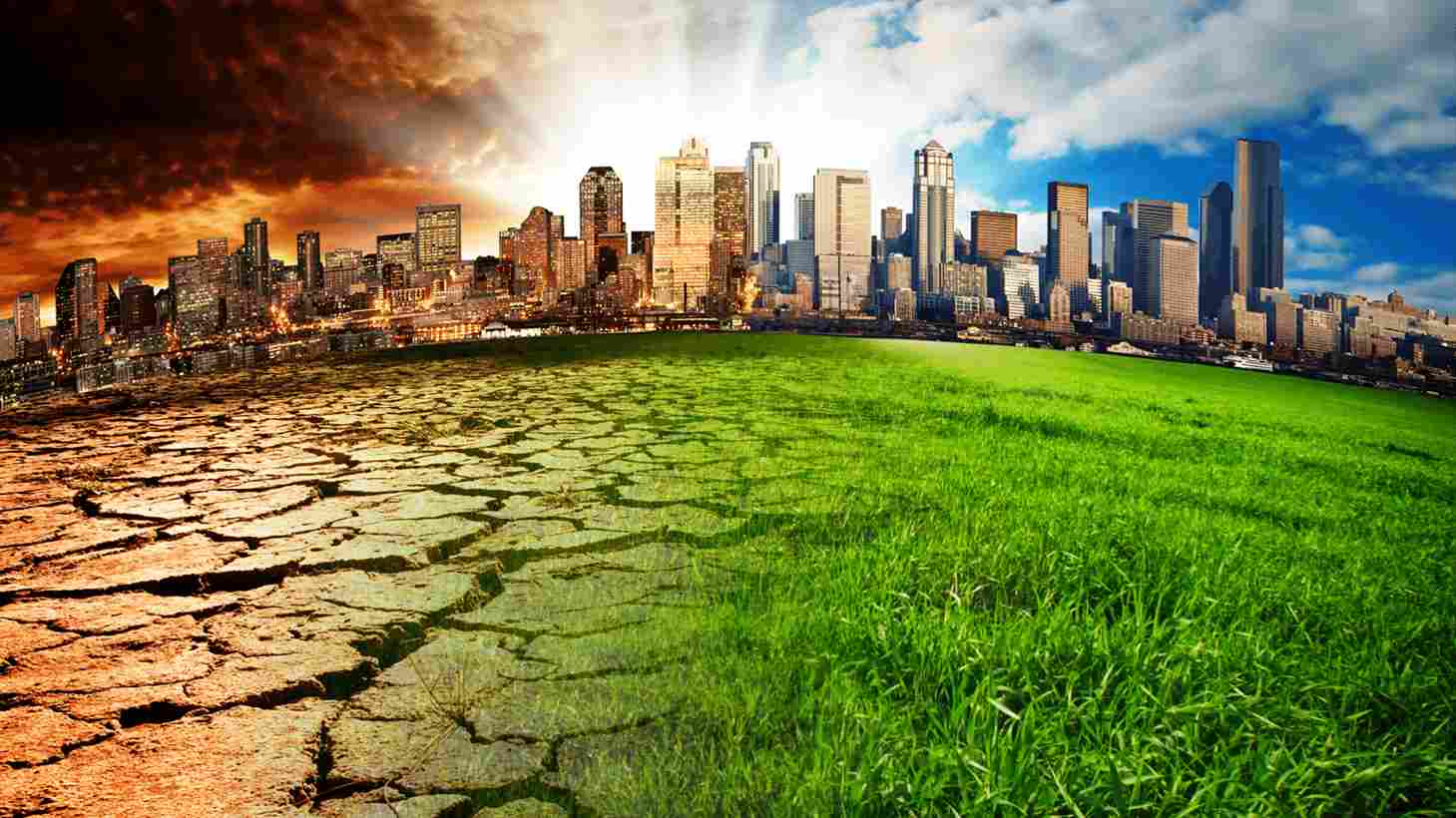Natural disasters can be a terrifying and potentially life-threatening experience for anyone. Whether you're at home, at school, or out on the road, it's important to know what to do if you find yourself in the path of a natural disaster.
In this blog, we'll cover everything you need to know about natural disasters and how best to stay safe when they occur.
What Is Happening To The World: Climate Change And Its Effects
Climate change is caused by the release of greenhouse gases into the atmosphere. These gases trap heat, causing the Earth’s temperature to rise. This can lead to a number of problems, including more extreme weather conditions, sea level rise and changes in the distribution of rainfall.
Disasters caused by climate change are becoming more frequent and intense. This is a major threat to people and their livelihoods all around the world.
Effects of Climate Change on The World
Typhoons and hurricanes are becoming more powerful, as is the flooding that often accompanies them. Rising sea levels are making coastal communities increasingly vulnerable to storm surges, while extreme weather is damaging crops and disrupting food supplies.
The impact of climate change on human health is also a major concern. The increased frequency of heat waves is putting people at risk of dehydration, heat stroke and even death. And changes in the distribution of mosquitoes – which can carry diseases such as malaria and dengue fever – are increasing the chances of outbreaks.
All of this means that climate change is not just an environmental issue – it’s a human rights issue too. People have a right to live in safety and without fear for their lives or their livelihoods. We need to take urgent action to address the effects of climate change before they cause even more damage.
Natural Disasters Around The World
There are many different types of natural disasters that can occur around the world. Some of the most common ones include hurricanes, typhoons, earthquakes, and wildfires.
- Hurricanes
Hurricanes are a type of tropical cyclone that forms in the Atlantic Ocean and Northeast Pacific Ocean. They can cause extensive damage to coastal areas, including flooding and loss of life. The most powerful hurricane on record was Hurricane Irma, which caused $50 billion in damage when it struck the Caribbean and Florida in September 2017.
- Typhoons
Typhoons are a type of tropical cyclone that forms in the Northwest Pacific Ocean. They can cause extensive damage to coastal areas, including flooding and loss of life. The most powerful typhoon on record was Typhoon Haiyan, which caused $14 billion in damage when it struck the Philippines in November 2013.
- Earthquakes
Earthquakes are shaking the Earth's surface which can cause extensive damage to buildings and infrastructure. The most powerful earthquake on record was the magnitude 9.0 earthquake that struck Japan in March 2011. This earthquake caused $235 billion in damage and killed over 15,000 people.
- Wildfires
Wildfires are a type of fire that occurs naturally in forests and grasslands. They can spread quickly and destroy large areas of land. The deadliest wildfire on record was the Peshtigo Fire, which killed 1,500 people when it swept through Wisconsin in October 1871.
Natural Disasters Common in The Philippines
The Philippines is no stranger to natural disasters. In fact, the archipelagic country is located in the typhoon belt of Southeast Asia and is often battered by devastating storms each year. The most common natural disasters in the Philippines are typhoons, floods, and earthquakes.
Super Typhoons
In November 2013, Super Typhoon Haiyan—one of the strongest storms ever recorded—devastated the central Philippines. The typhoon left more than 7,350 people dead or missing and caused over $2 billion in damage. In 2015, Typhoon Lando also caused extensive damage, leaving 16 people dead and displacing nearly 200,000 people.
Flooding
Flooding is also a common occurrence in the Philippines. In 2009, flash flooding caused by Tropical Storm Ondoy killed more than 800 people and left thousands homeless. More recently, in 2017, severe flooding triggered by heavy rains killed at least 73 people and affected 1.2 million people.
Earthquakes
Earthquakes are also a frequent hazard in the Philippines. The deadliest earthquake in Philippine history occurred in 1990 and killed more than 1,600 people. More recently, a magnitude 7.2 earthquake struck the island of Mindanao in October 2016, killing at least eight people and injuring more than 200.
Despite these frequent disasters, the Filipino people are resilient and have demonstrated their resilience time and again. In the face of tragedy, they come together to help one another rebuild their lives and communities.
How To Prepare For A Natural Disaster
Preparation is key when it comes to surviving a natural disaster. By being proactive and taking the necessary precautions, you can minimize the risks to yourself and your family. Here are some tips on how to prepare for a natural disaster:
1. Make a kit of supplies
You should have a kit of supplies ready in case of an emergency. The kit should include food, water, first aid supplies, tools, and other essential items.
2. Make a plan
Make a plan for what you will do in the event of a natural disaster. Decide where you will go if you need to evacuate, and make sure everyone in your family knows the plan.
3. Stay informed
Stay informed about the latest news and warnings related to the natural disaster. This will help you stay safe and know what to do if an emergency arises.
4. Be prepared to evacuate.
Have a bag packed with essential items in case you need to leave your home quickly.
5. Stay calm and don't panic.
It's important to stay calm during a disaster and help others stay calm as well.
What To Do During A Natural Disaster
When a natural disaster hits, it can be a chaotic and frightening time. But by having a plan and knowing what to do, you can minimize the risks and make the most of the situation. Here are some tips to help you weather any storm:
1. Make a Disaster Plan
The first step in preparing for a natural disaster is to make a plan. Your plan should include where you will go and what you will do in case of an emergency. It's also important to have an emergency kit packed and ready to go.
2. Stay Calm
It can be difficult to stay calm when faced with such a devastating event, but it is essential that you do so. Panicking will only make things worse. Remember that you are not alone and there are people who are ready and willing to help.
3. Follow Instructions from Authorities
Authorities will be providing instructions during a natural disaster. It is important that you follow these instructions carefully in order to stay safe. Do not try to take matters into your own hands.
4. Help Others Where You Can
In times of crisis, it is important to remember that we are all in this together. If you are able to help others, please do so. This could include offering shelter, food, or water to those who need it or helping with clean-up efforts.
No matter where you live, it's always a good idea to know what to expect in case of a natural disaster so that you can be prepared. And remember: if something does happen, don't panic! Take a deep breath and focus on your safety.
In the end, natural disasters are a fact of life. We can't control them, but we can prepare for them.
For more information on Vista Residences, email [email protected], follow @VistaResidencesOfficial on Facebook, Twitter, Instagram, and YouTube, or call the Marketing Office at 0999 886 4262 / 0917 582 5167.










